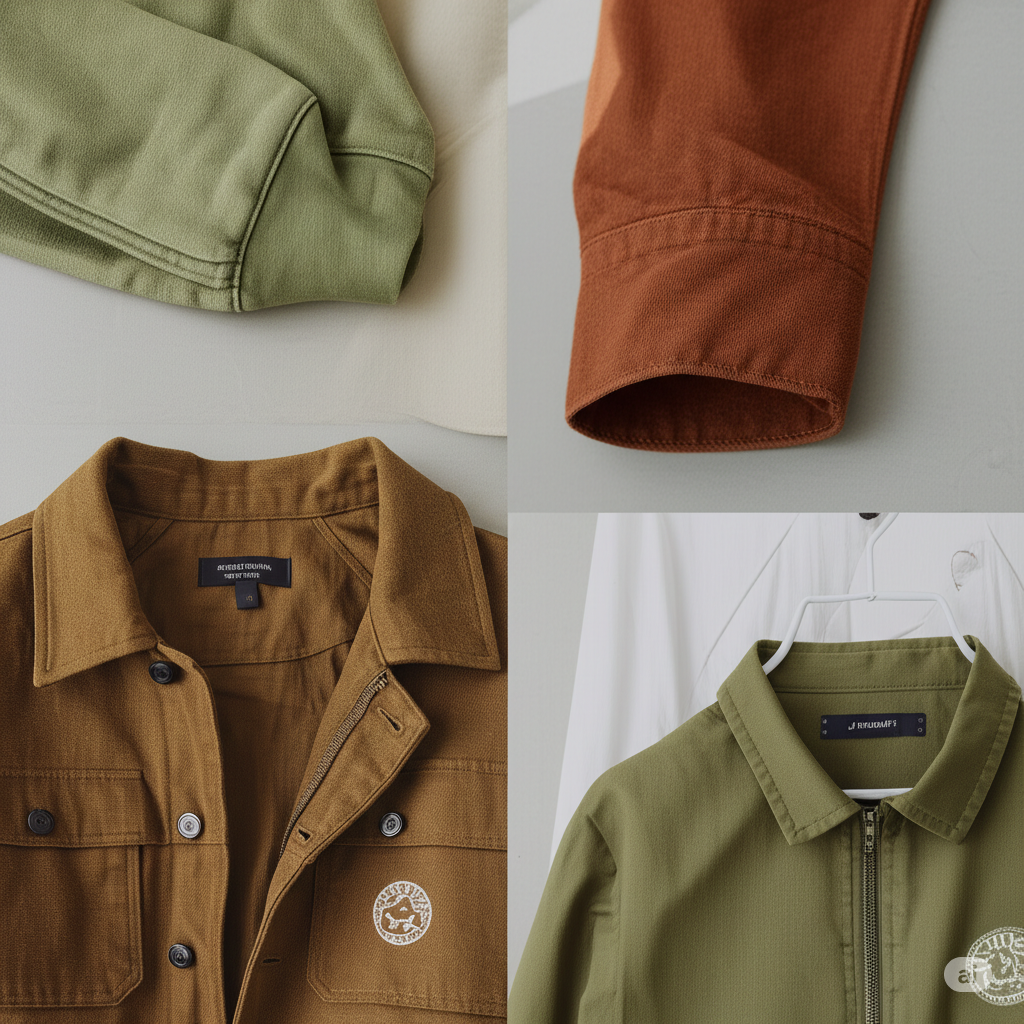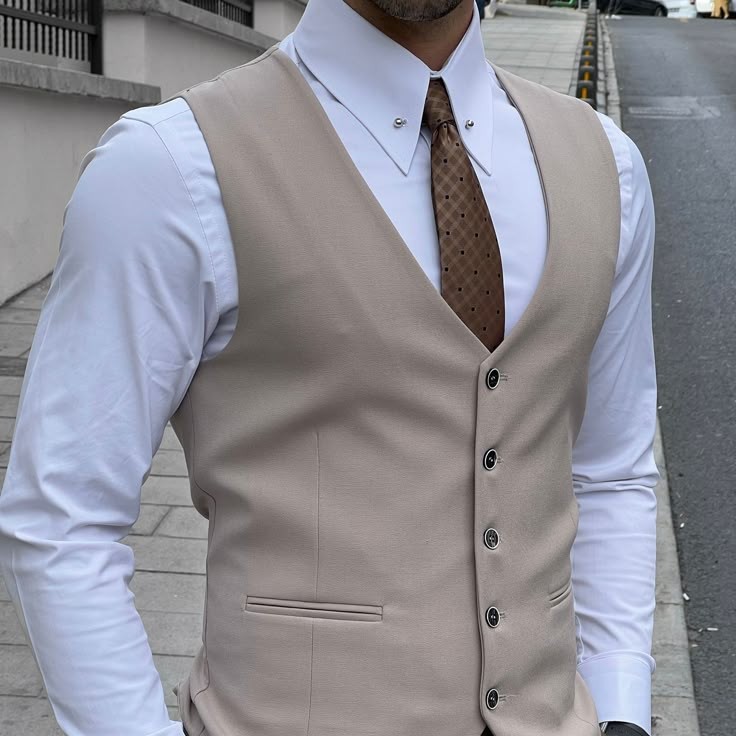No products in the cart.: $0.00
The Enduring Power of Sustainable Fashion: More Than Just a Trend

The fashion industry, a vibrant tapestry woven with creativity, innovation, and self-expression, has long captivated global audiences. From the haute couture runways of Paris to the bustling fast-fashion retailers lining high streets worldwide, clothing plays a pivotal role in shaping our identities and reflecting the zeitgeist. However, this influential industry has also come under increasing scrutiny for its significant environmental and social impact. In response, a powerful movement has emerged, one that seeks to redefine our relationship with clothing: sustainable fashion. More than just a fleeting trend, sustainable fashion represents a fundamental shift in values, advocating for practices that minimize harm to the planet and its people.
At its core, sustainable fashion encompasses a holistic approach to the entire lifecycle of clothing. It begins with the sourcing of raw materials, prioritizing organic cotton, recycled fibers, and innovative alternatives like Piñatex (made from pineapple leaf fibers) and Mylo (a leather alternative grown from mycelium). These choices aim to reduce the environmental burden associated with conventional materials, such as the heavy water and pesticide usage in cotton farming and the resource-intensive processes of synthetic fiber production.
The manufacturing stage of sustainable fashion emphasizes ethical labor practices and resource efficiency. This includes ensuring fair wages and safe working conditions for garment workers, a stark contrast to the often-exploitative conditions prevalent in some parts of the fast-fashion supply chain. Furthermore, sustainable manufacturing focuses on minimizing water and energy consumption, reducing waste through innovative design and production techniques, and eliminating the use of harmful chemicals and dyes that can pollute waterways and harm ecosystems.
The concept of circularity lies at the heart of sustainable fashion. Instead of the traditional linear “take-make-dispose” model, a circular system aims to keep clothing in use for longer, reducing the need for new resources and minimizing landfill waste. This involves promoting durable and high-quality garments that are designed to last, encouraging repair and upcycling initiatives, and developing effective textile recycling technologies that can transform old clothes back into new fibers.
Consumer behavior plays a crucial role in driving the sustainable fashion movement. By making conscious purchasing decisions, individuals can signal their demand for more ethical and environmentally responsible products. This includes opting for quality over quantity, supporting brands with transparent supply chains and sustainability initiatives, embracing secondhand shopping and clothing swaps, and taking better care of their existing garments to extend their lifespan.
The rise of technology is also contributing significantly to the advancement of sustainable fashion. Innovations in material science are yielding exciting new eco-friendly alternatives. Digital platforms are enhancing transparency by providing consumers with information about the origin and impact of their clothes. 3D printing and on-demand manufacturing are reducing waste by producing garments only when needed.
While the sustainable fashion movement has gained significant momentum, challenges remain. Scaling up sustainable practices across the entire industry requires collaboration and commitment from brands, manufacturers, policymakers, and consumers alike. Greenwashing, where companies falsely market their products as sustainable, poses a threat to consumer trust and hinders genuine progress. Furthermore, making sustainable fashion accessible and affordable to all income levels is crucial for its widespread adoption.
Despite these challenges, the enduring power of sustainable fashion lies in its potential to create a more just and environmentally sound future for the industry. It’s not about sacrificing style or creativity but rather about embracing innovation and responsibility. By reimagining the way we produce, consume, and dispose of clothing, we can collectively weave a new narrative for fashion – one that values people and the planet as much as aesthetics and trends. The journey towards a truly sustainable fashion system is ongoing, but the growing awareness and commitment suggest that this is not just a trend, but a fundamental and necessary evolution.



